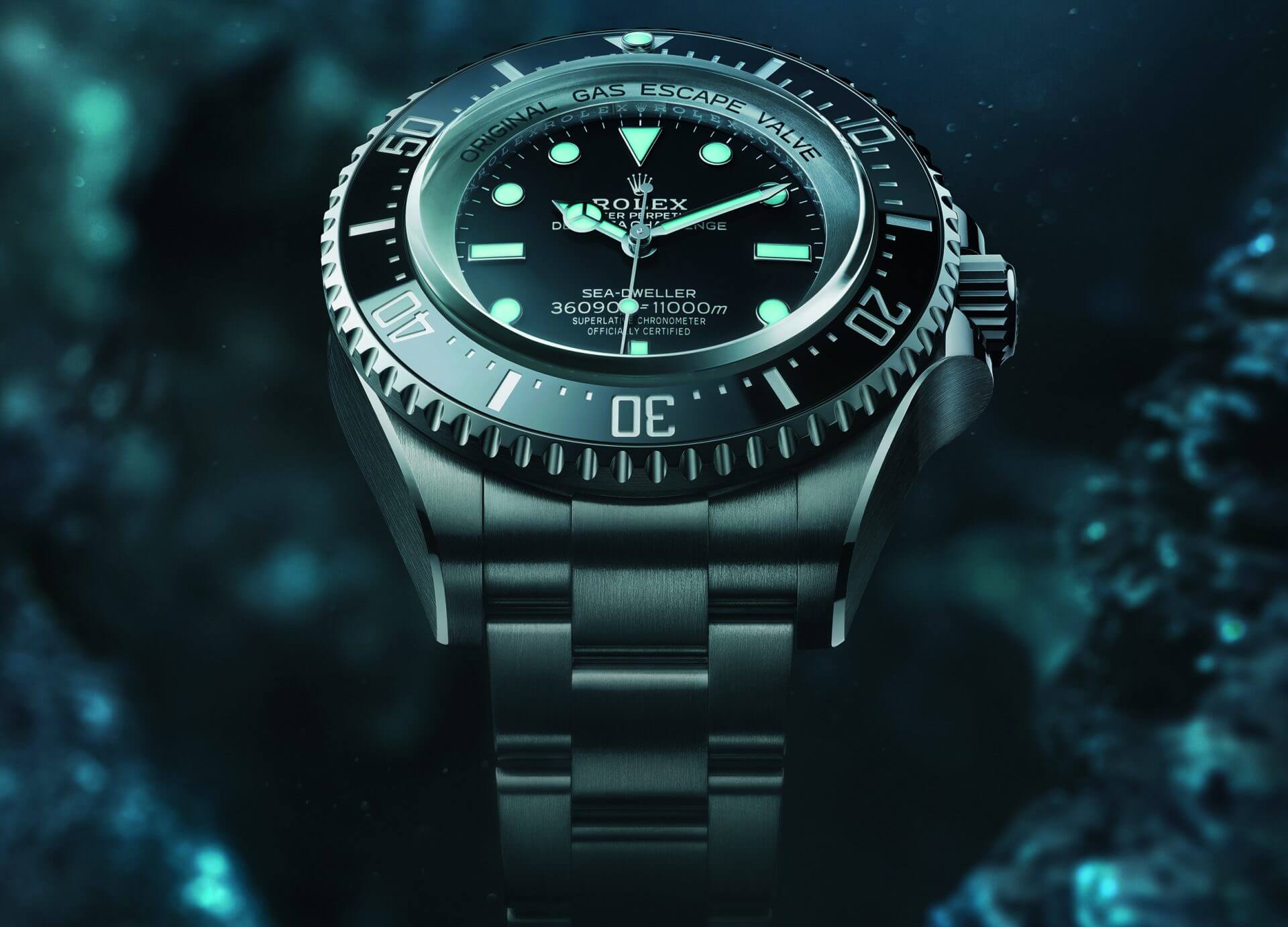A dangerous and unexpected expedition to the bottom of the Marina Trench, the deepest known place in any of the world’s oceans at over 35,000 feet below the surface of the Pacific Ocean, was undertaken by Swiss oceanographer Piccard and US Navy Lieutenant Walsh nine years before Neil Armstrong (Astronaut) set foot on the moon’s surface.
The crew used a deep-sea Rolex wristwatch to keep track of time while underwater. In a famous moment for Rolex, when they returned to base, Piccard telegraphed the company to report that their watch had been just as accurate at 11,000 feet below the surface as it had been at sea level.
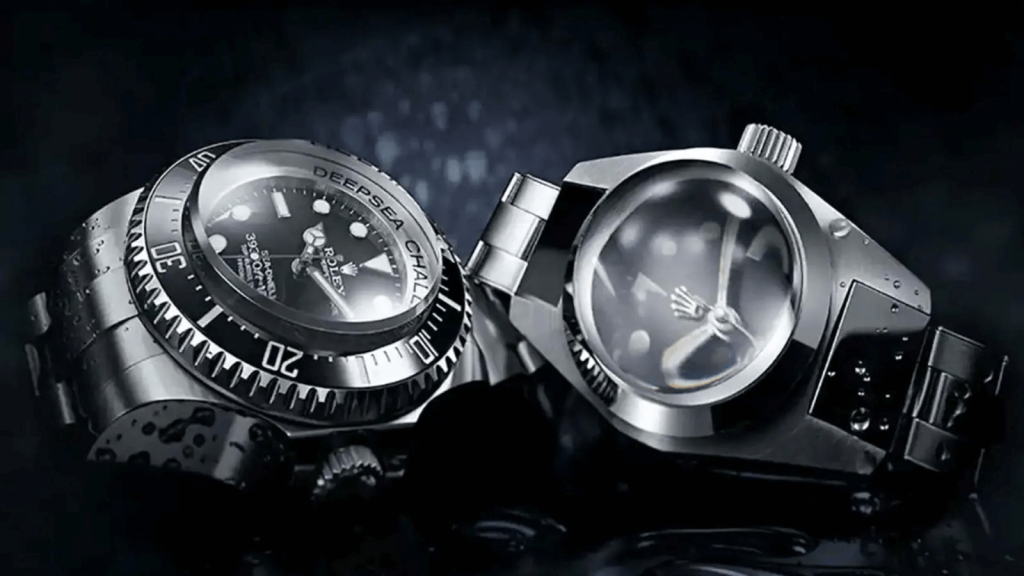 Both the timepiece and the submarine are submersible, and they share a similar set of technological challenges and refinements that persist even today. Taking into consideration the dynamics of managing a pressure hull, which affects the watch as well as the submarine itself, is one of the most obvious obstacles.
Both the timepiece and the submarine are submersible, and they share a similar set of technological challenges and refinements that persist even today. Taking into consideration the dynamics of managing a pressure hull, which affects the watch as well as the submarine itself, is one of the most obvious obstacles.
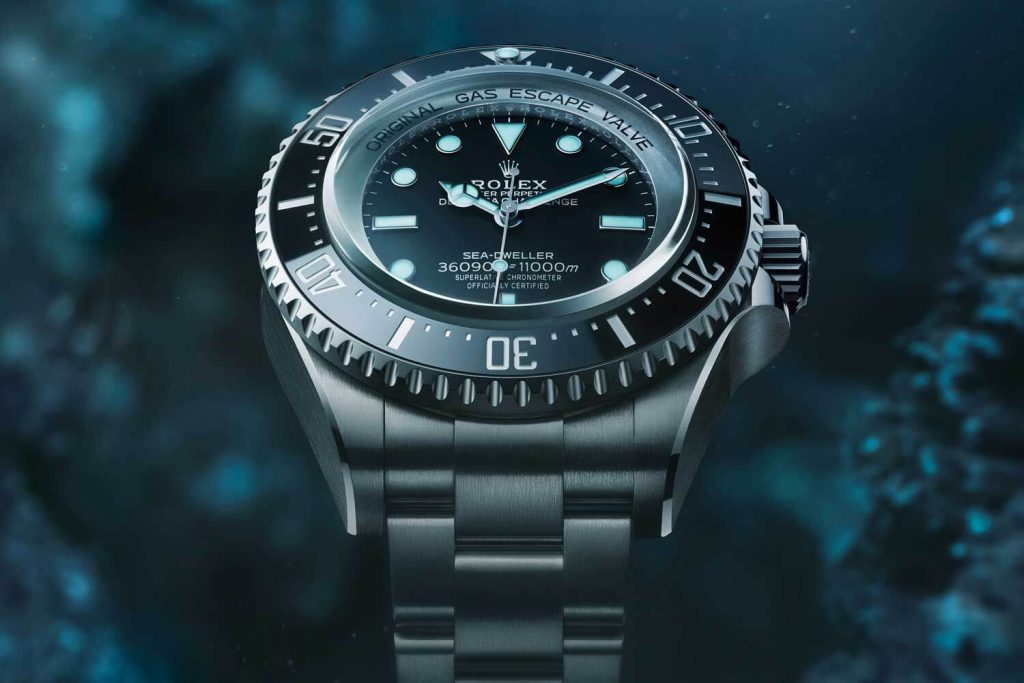 Submarines, according to Triton Submarines’ principal design engineer John Ramsay, steal themselves as the diver takes them deeper into the water. For this reason alone, a submersible’s structural integrity and form are of paramount importance during its development.
Submarines, according to Triton Submarines’ principal design engineer John Ramsay, steal themselves as the diver takes them deeper into the water. For this reason alone, a submersible’s structural integrity and form are of paramount importance during its development.
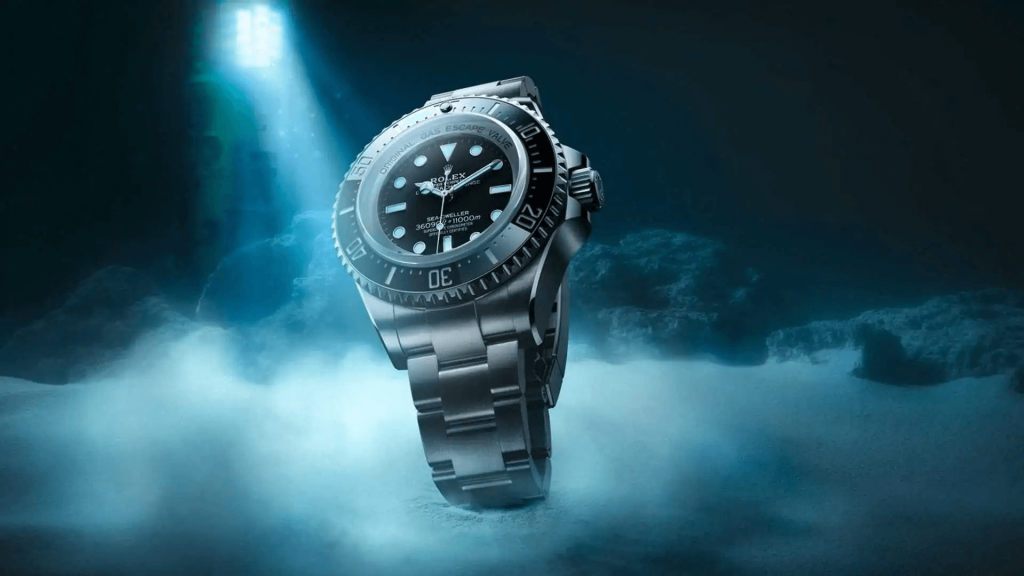 To summarize Charles KOHNEN, President of SEAMAGINE Hydrospace Corporation and creator of the personal Submersible, “the style of the pressure vessel is just as vital — if not more vital than the content.” This is a major challenge for both the watch industry and the submarine engineering industry. How consistently is the force distributed throughout the shape?
To summarize Charles KOHNEN, President of SEAMAGINE Hydrospace Corporation and creator of the personal Submersible, “the style of the pressure vessel is just as vital — if not more vital than the content.” This is a major challenge for both the watch industry and the submarine engineering industry. How consistently is the force distributed throughout the shape?
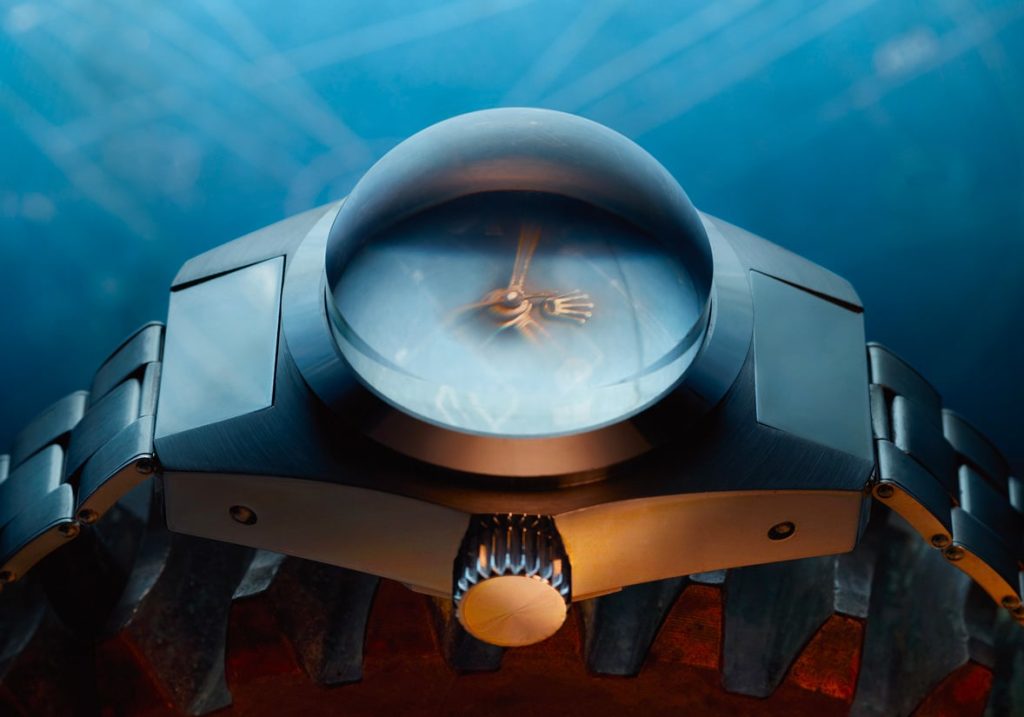 The O-ring seal at the items’ foundations is the key to their watertight construction, but high-tech materials like VITON and EPDM (Nitrile and Ethylene Propylene Diene Monomer) rubber for O rings also feature excellent waterproofing properties.
The O-ring seal at the items’ foundations is the key to their watertight construction, but high-tech materials like VITON and EPDM (Nitrile and Ethylene Propylene Diene Monomer) rubber for O rings also feature excellent waterproofing properties.


